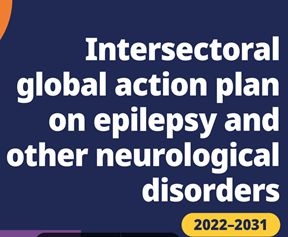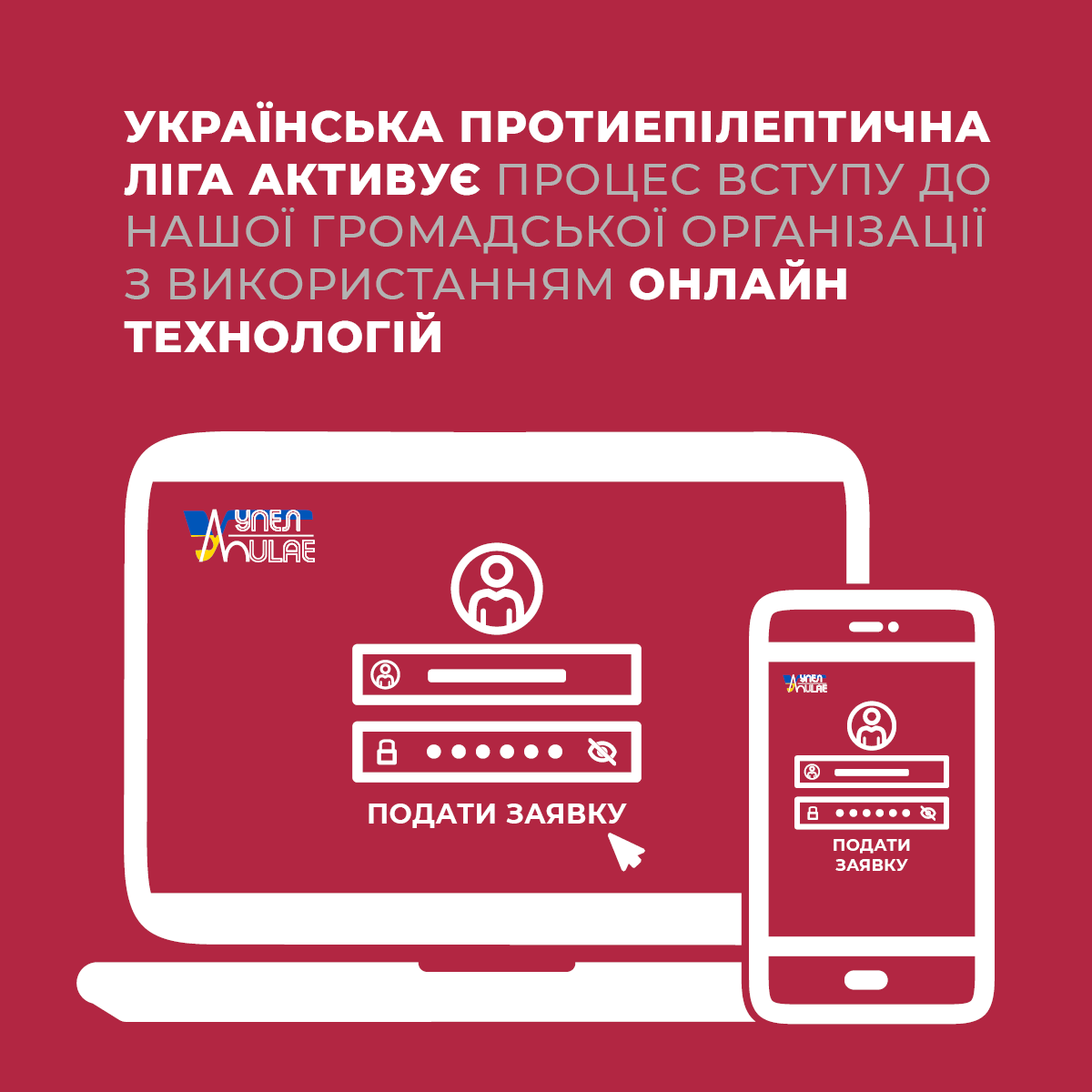Seizure 2020, Vol 76, Editor’s Choice: “Exploring epilepsy attendance at the emergency department and interventions which may reduce unnecessary attendances: A scoping review”
At a time when the world’s attention is focused on the response of emergency medical services to the Covid-19 pandemic my Editor’s Choice from the current volume of Seizure is a scoping review by Lisa Burrows et al, summarizing research exploring interventions aimed at reducing unnecessary emergency department (ED) attendances by individuals with epilepsy (1).
In England (population 53 million) a high-income country with a universal public health system providing free access to routine and emergency health care and antiseizure medicines only 50% of patients with epilepsy become free of seizures (2). Those individuals with uncontrolled epilepsy are not the only ones who are at risk of frequenting EDs with seizures. One study suggested that, although three quarters of patients of the patients brought to an ED with a suspected seizure diagnosis had experienced and epileptic seizure only about one third of patients carried a diagnosis of epilepsy at the time of their admission (3). However it has been estimated that epileptic seizures lead to 60,000 ED (113 per 100,000), and 40,000 hospital admissions in England per year (76-148 per 100,000), making epileptic seizures one of the three commonest neurological causes for attendance in emergency departments (EDs) (4).
This means that a substantial proportion of seizure-associated ED attendances are related to an “ambulatory care sensitive condition”, i.e. they occurred in a context in which optimal ambulatory care may have prevented the need for the involvement of emergency services. Most presentations to EDs turn out to be related to problems which could have been managed outside EDs (such as resolved seizures) (5). Given that ED management by non-seizure experts often adds little to longer term seizure control but is associated with considerable expenditure and a risk of iatrogenic complications (such as hospital acquired infection!), it is important to explore how ambulatory care could be improved to avoid unnecessary admissions.
The scoping review by Burrows et al. is therefore of great clinical importance. Their overview of recent research is based 29 pieces of original research which could be subdivided into four themes: care pathways, conducting care and treatment reviews, educational interventions and role of ambulance staff. Although there is clearly more work to do some of these intervention have been welcome by patients and associated with reduced healthcare expenditure.
While the identification of demographic and clinical risk factors for repeated attendance to EDs due to seizures has allowed interventions to be focused on the third of patients who are responsible for two thirds of all epilepsy related admissions (6), the nature of these factors (including mental health problems, low educational attainment and social problems) means that successful intervention will be particularly challenging. However, the urgent (and increasing) need to use limited healthcare resourced most effectively means that the search for better and more effective interventions improving the effectiveness of ambulatory care and reducing epilepsy-related demands on emergency services must continue.
References:
1) Burrows L, Lennard S, Hudson S, McLean B, Jadav M, Henley W, Sander JW, Shankar R. Exploring epilepsy attendance at the emergency department and interventions which may reduce unnecessary attendances: A scoping review. Seizure 2020; 76; 39-46
2) Dixon P, Kirkham J, Marson A, et al. National Audit of Seizure management in Hospitals (NASH): results of the national audit of epilepsy in the UK. BMJ Open 2015;5:e007325.
3) Dickson JM, Dudhill H, Shewan J, Mason S, Grunewald RA, Reuber M. Cross-sectional study of the hospital management of adult patients with a suspected seizure (EPIC2). BMJ Open. 2017;7(7),e015696. doi: 10.1136/bmjopen-2016-015696.
4) Dickson JM, Jacques R, Reuber M, Hick J, Campbell MJ, Morley R, et al. Emergency hospital care for adults with suspected seizures in the NHS in England 2007-2013: a cross-sectional study. BMJ Open 2018;8(10),e023352. doi: 10.1136/bmjopen-2018-023352
5) Dickson JM, Taylor LH, Shewan J, Baldwin T, Grünewald RA, Reuber M. A Cross-Sectional Study of the Pre-hospital Management of Adult Patients with a Suspected Seizure (EPIC1). BMJOpen 2016;6:e010573. doi:10.1136/bmjopen-2015-01057
6) Noble A, Goldstein L, Seed P et al. Characteristics of people with epilepsy who attend emergency departments: Prospective study of metropolitan hospital attendees. Epilepsia. 2012;53(10):1820-1828.
Seizure 2020, Том 76, Вибір редактора: “ Вивчення представленості епілепсії у відділенні невідкладної допомоги та заходів, які можуть скоротити непотрібне перебування: оглядовий огляд ”
У той час, коли увага всього світу зосереджена на реагуванні екстрених медичних служб на пандемію COVID-19, мій Вибір редактора з поточного номеру «Напад» - це оціночний огляд Lisa Burrows та ін., узагальнюючий дослідження з вивчення втручань, спрямованих на скорочення непотрібного відвідування відділення невідкладної допомоги (ВНД) особами з епілепсією (1).
У Англії (населення складає 53 мільйони людей), країні з високим рівнем доходу та універсальною системою охорони здоров'я, що забезпечує вільний доступ до рутинної та невідкладної медичної допомоги та антиепілептичних препаратів, лише 50% пацієнтів з епілепсією мають контроль від нападів (2). Ці люди з неконтрольованою епілепсією - не єдині, хто схильний до ризику частих відвідувань ВНД. Одне дослідження показало, що з усіх пацієнтів, які були доставлені до ВНД, лише три чверті мали епілептичний напад та тільки третині пацієнтів було встановлено діагноз «Епілепсія» (3). Однак було підраховано, що епілептичні напади призводять до 60 000 відвідувань ВНД (113 на 100 000) і 40 000 госпіталізацій в Англії на рік (76-148 на 100 000), що робить епілептичні напади однією з трьох найбільш поширених неврологічних причин для звернення до відділень невідкладної допомоги (ВНД) (4).
Це означає, що значна частина відвідувачів ВНД мають напади, які є «чутливими до амбулаторної допомоги», тобто вони відбувалися в умовах, коли оптимальна амбулаторна допомога могла запобігти необхідності залучення екстрених служб. Більшість звернень до ВНД виявляється пов'язаним з проблемами, які могли б бути вирішені поза ВНД (наприклад, завершиними нападами) (5). Враховуючи, що лікування ВНД фахівцями, які не займаються епілепсією, часто мало що додає до більш тривалого контролю епілепсії, але пов'язано зі значними витратами і ризиком ятрогенних ускладнень (таких як госпітальна придбана інфекція!), важливо вивчити, як можна поліпшити амбулаторне лікування, щоб уникнути непотрібних госпіталізацій.
Отже, оглядовий огляд Lisa Burrows та ін. має велике клінічне значення. Огляд останніх досліджень ґрунтується на 29 оригінальних дослідженнях, які можна розділити на чотири теми: шляхи надання медичної допомоги, проведення оцінки лікування, навчальні заходи та роль персоналу швидкої допомоги. Хоча кожен з цих напрямів потребує подальшої розробки, впровадження в практику деяких з них були схвально прийняті пацієнтами і пов'язані зі скороченням витрат на охорону здоров'я.
Виявлення демографічних та клінічних факторів ризику для повторних звернень для госпіталізації ВНД через напади дозволило виявити третину пацієнтів, на яких випадає за дві третини всіх звернень для госпіталізації, пов’язаних з епілепсією (6), характер цих факторів (у т.ч. проблеми психічного здоров'я, низький рівень освіти та соціальні проблеми) зумовлює низку успішність такого втручання. Однак нагальна (і зростаюча) потреба полягає раціональному та економічно обґрунтованому використанні ресурсів охорони здоров’я, що означає, що пошук кращих та ефективніших втручань, які покращують ефективність амбулаторної допомоги та зменшення витрат, пов’язаних з епілепсією, повинен бути продовжений.
References:
1) Burrows L, Lennard S, Hudson S, McLean B, Jadav M, Henley W, Sander JW, Shankar R. Exploring epilepsy attendance at the emergency department and interventions which may reduce unnecessary attendances: A scoping review. Seizure 2020; 76; 39-46
2) Dixon P, Kirkham J, Marson A, et al. National Audit of Seizure management in Hospitals (NASH): results of the national audit of epilepsy in the UK. BMJ Open 2015;5:e007325.
3) Dickson JM, Dudhill H, Shewan J, Mason S, Grunewald RA, Reuber M. Cross-sectional study of the hospital management of adult patients with a suspected seizure (EPIC2). BMJ Open. 2017;7(7),e015696. doi: 10.1136/bmjopen-2016-015696.
4) Dickson JM, Jacques R, Reuber M, Hick J, Campbell MJ, Morley R, et al.
Emergency hospital care for adults with suspected seizures in the NHS in England 2007-2013: a cross-sectional study. BMJ Open 2018;8(10),e023352. doi: 10.1136/bmjopen-2018-023352
5) Dickson JM, Taylor LH, Shewan J, Baldwin T, Grünewald RA, Reuber M. A Cross-Sectional Study of the Pre-hospital Management of Adult Patients with a Suspected Seizure (EPIC1). BMJOpen 2016;6:e010573. doi:10.1136/bmjopen-2015-01057
6) Noble A, Goldstein L, Seed P et al. Characteristics of people with epilepsy who attend emergency departments: Prospective study of metropolitan hospital attendees. Epilepsia. 2012;53(10):1820-1828.





